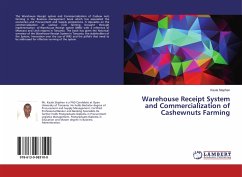In distribution logistics low-but-bulk quantity orders are being replaced by multiple-but-diminutive orders, which need to be executed in very tight time schedules. In manufacturing, there is a marked repositioning to lesser lot-sizes, point-of-use delivery, and cycle time condensation. The order routing challenge (ORC) concerns the evaluation of how to knot orders and then to assign them to order-loaders. This research argues that efficiency can increase in the order loading process in such environments by catering to a group of orders instead of exclusive orders. The essential issue is, hence, to determine the set of orders the order-loader should serve in one trip to minimize the mean throughput time of a random order. This research focus on the derivation of a simple but efficient algorithm for the establishment of an optimal load batch size for order-loaders in a typical Twin-block warehouse. Moments are defined applied to approximate the waiting duration of a random order based on the analogous batch service queuing structure. The optimal order batch size is then established in a straightforward pattern.
Bitte wählen Sie Ihr Anliegen aus.
Rechnungen
Retourenschein anfordern
Bestellstatus
Storno








